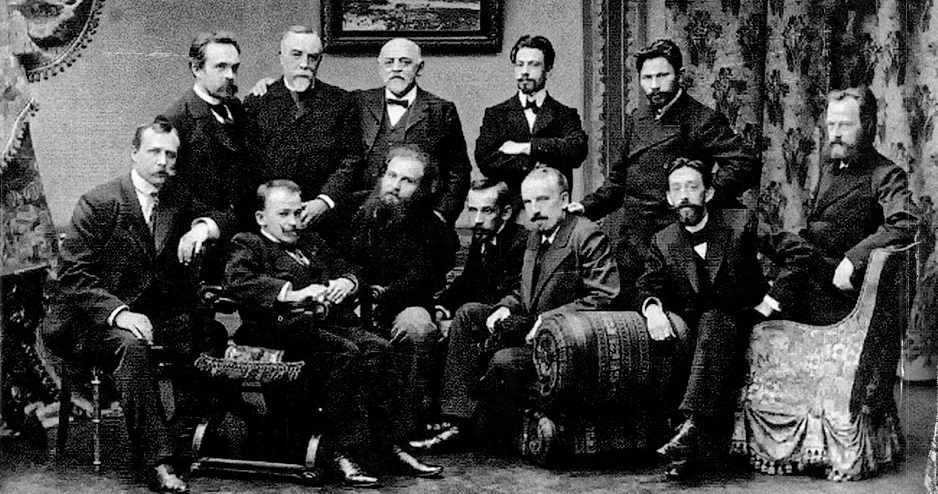Abramtsevo Art Circle

Abramtsevo Art Circle
The Abramtsevo Art Circle was a beacon of Russian artistic and cultural revival in the 19th century, nestled in the picturesque surroundings of the Abramtsevo estate, located north of Moscow. This movement and community of artists played a pivotal role in nurturing Russian art, emphasizing the importance of national traditions and folklore over Western influences. Spearheaded by Savva Mamontov, a visionary industrialist and patron of the arts, the circle attracted illustrious Russian artists like Ilya Repin, Valentin Serov, and Mikhail Vrubel, who found in Abramtsevo the ideal setting to flourish creatively and produce some of their most renowned works.
Under Mamontov's stewardship, the Abramtsevo estate transformed into a crucible for innovation and artistic exploration, where workshops for ceramics, wood carving, and textiles thrived. These workshops were not merely artistic endeavors but a mission to revive and preserve the essence of Russian craftsmanship and folk art. The collaborative spirit among the artists led to the creation of significant works that combined traditional Russian themes with modern artistic expressions, including the design and decoration of the iconic Church of the Savior and the whimsical "hut on chicken legs".
The Abramtsevo Art Circle's legacy extends beyond its artistic productions; it heralded a cultural movement that celebrated Russian heritage, influencing future generations and movements like the Peredvizhniki (the Itinerants) and playing a role in the broader context of Russian art history. Today, the Abramtsevo Museum continues to inspire
Delve into the heart of Russian culture and art by signing up for updates on the Abramtsevo Art Circle. Stay informed about new discoveries, exhibitions, and auction events dedicated to this pivotal movement in Russian art history. Join us in exploring the rich tapestry of Russia's artistic heritage.
| Country: | Europe, Italy, Russia, Russian Empire |
|---|---|
| Start of the period: | 1878 |
| End of the period: | 1918 |